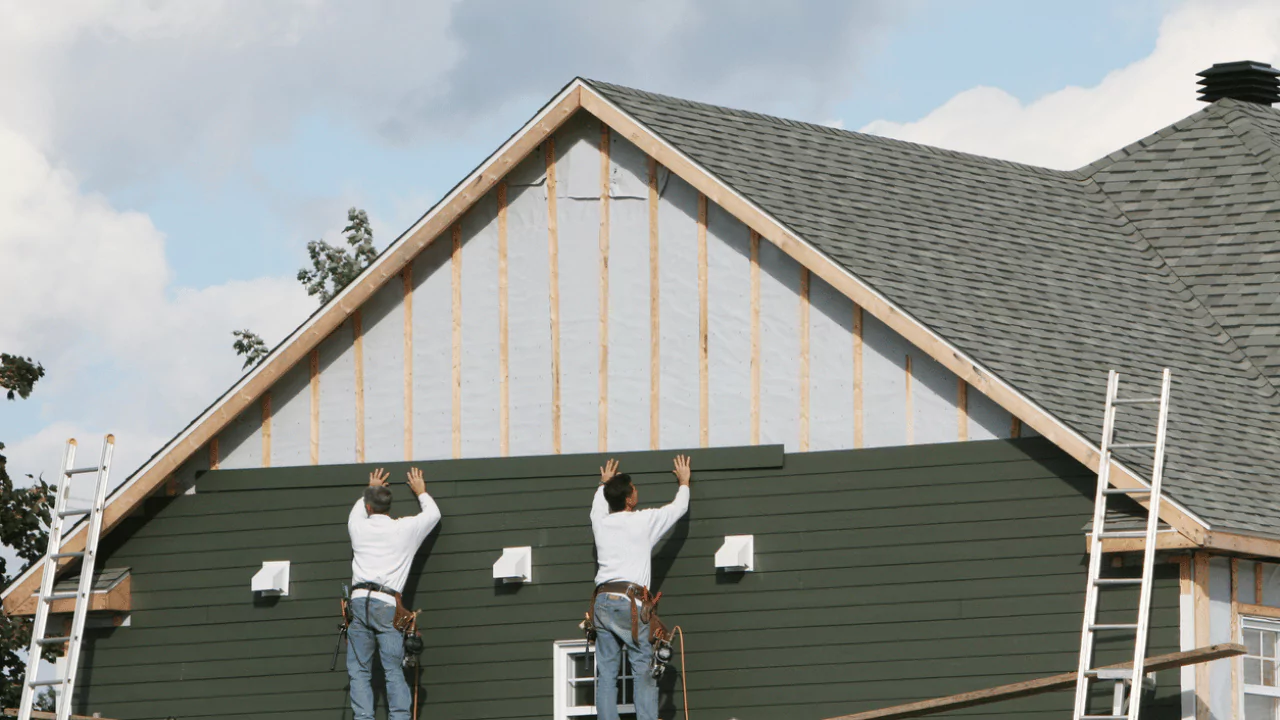To get your insurance to pay for siding replacement, you need to have a homeowner’s insurance policy that covers damage to your home’s exterior. Check your policy to see if it includes coverage for siding damage. If it does, file a claim with your insurance company and provide them with evidence of the damage. They will assess the damage and determine if it is covered under your policy. If it is, they will pay for the cost of the siding replacement up to the policy’s limit.
What Homeowners Insurance Covers for Siding
Homeowners insurance protects your home’s structure and attached features from covered perils. These perils can vary slightly by policy, but common ones include:
- Wind: Damage from strong winds, like those in a hurricane or tornado.
- Hail: Dents, cracks, or holes caused by hailstones.
- Vandalism: Malicious damage to your siding by someone else.
- Fire: Damage caused by a fire or explosion.
Types of Homeowners Insurance Policies
Most homeowners insurance comes in three main coverage options:
- HO-1 (Basic): Covers basic perils like fire, theft, and vandalism.
- HO-2 (Broad): Covers HO-1 perils plus additional ones, often including wind and hail.
- HO-3 (Comprehensive): The most common coverage, it includes HO-2 perils and additional coverages depending on your insurer.
Understanding Normal Wear and Tear vs. Siding Damage
Normal wear and tear, like fading or minor cracks due to age, isn’t covered by insurance. However, if a storm rips off siding panels or hail creates large holes, that’s considered damage and might be covered.
Steps to Claim Homeowners Insurance for Siding Replacement
- Contact Your Insurance Provider: Call your insurance company and report the siding damage. Be prepared to provide details like the date of the incident and a brief description of the damage.
- Review Coverage and Deductible: Discuss your policy details with your agent to understand what’s covered and your deductible (the amount you pay before insurance kicks in).
- Choose a Qualified Contractor: Get estimates from reputable siding companies. Ask about their insurance requirements and experience working with insurance claims.
Exploring Siding Replacement Coverage
- Filing a Claim: Once you choose a contractor, they can often help navigate the insurance claim process. This typically involves an adjuster inspecting the damage and estimating repair costs.
- Settlement: If approved, your insurance company will issue a payment minus your deductible to cover repairs or replacement.
Common Questions About Insurance and Siding Replacement
- What if My Siding Needs Replacement Due to Age? Unfortunately, insurance won’t cover age-related wear and tear. You’ll need to pay for a replacement yourself. Consider financing options or dipping into savings if needed.
- Can I Get Coverage for Cosmetic Changes? Generally, no. Insurance focuses on repairing damage, not cosmetic upgrades.
Personal Duties and Alternative Siding Replacement Solutions
- Maintaining Your Siding: Regular cleaning and inspections can help extend the lifespan of your siding and prevent minor issues from escalating into problems that might not be covered by insurance. By taking proactive steps, you can potentially save money in the long run.
- Consequences of Neglect: Ignoring minor issues like loose panels or peeling paint can lead to bigger problems down the road, like water damage or structural issues. These larger repairs might exceed your insurance coverage and leave you footing a hefty bill.
- Alternative Funding Options: If your siding needs replacement due to wear and tear, explore financing options offered by siding companies or lenders. You can also consider dipping into savings to cover the cost.
Securing a Free Siding Replacement Estimate
Many siding companies offer free consultations and estimates. This allows you to compare costs and choose the best option for your needs, whether through insurance or self-funded. Don’t hesitate to schedule consultations with multiple companies to get a well-rounded picture of pricing and available materials.





